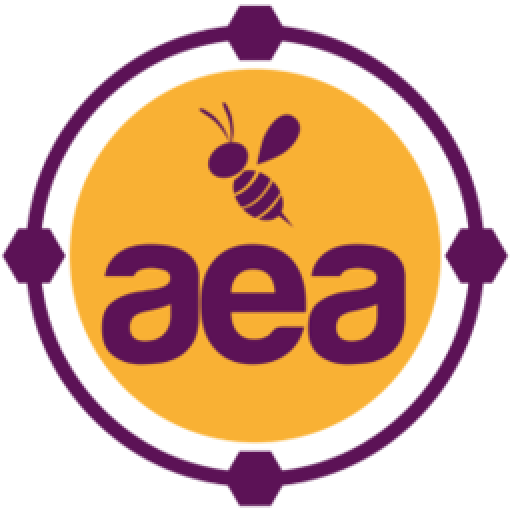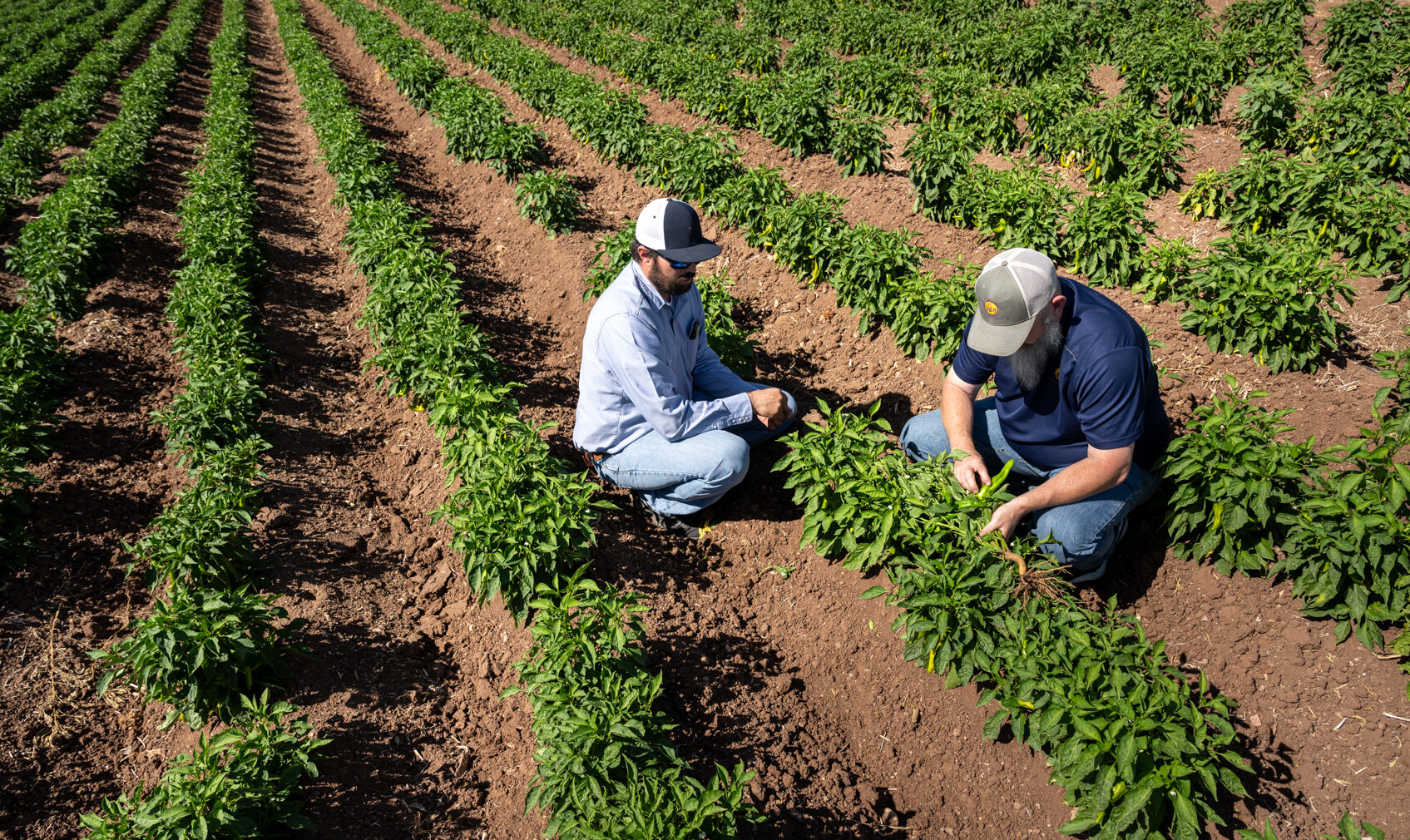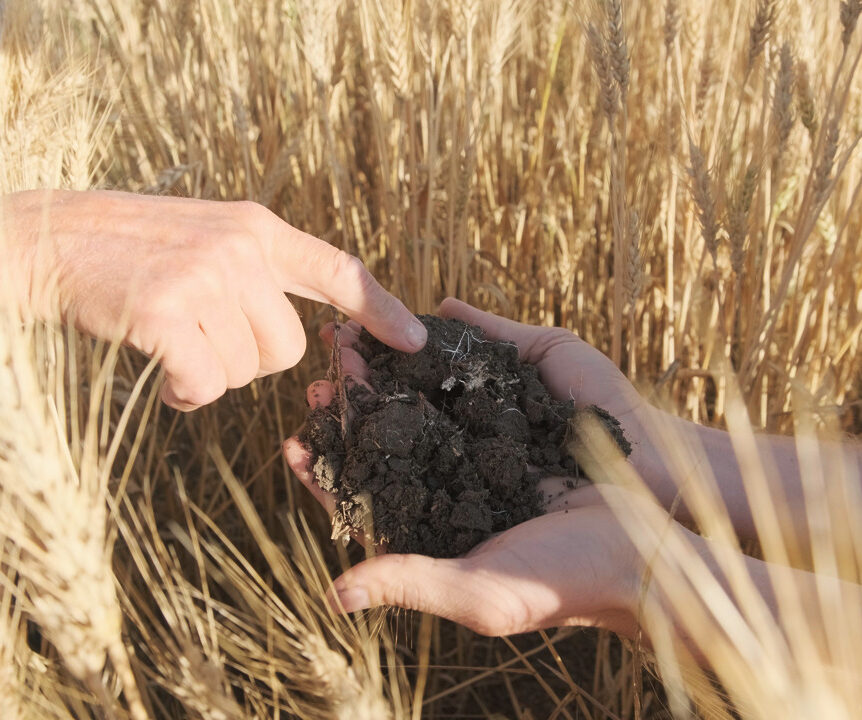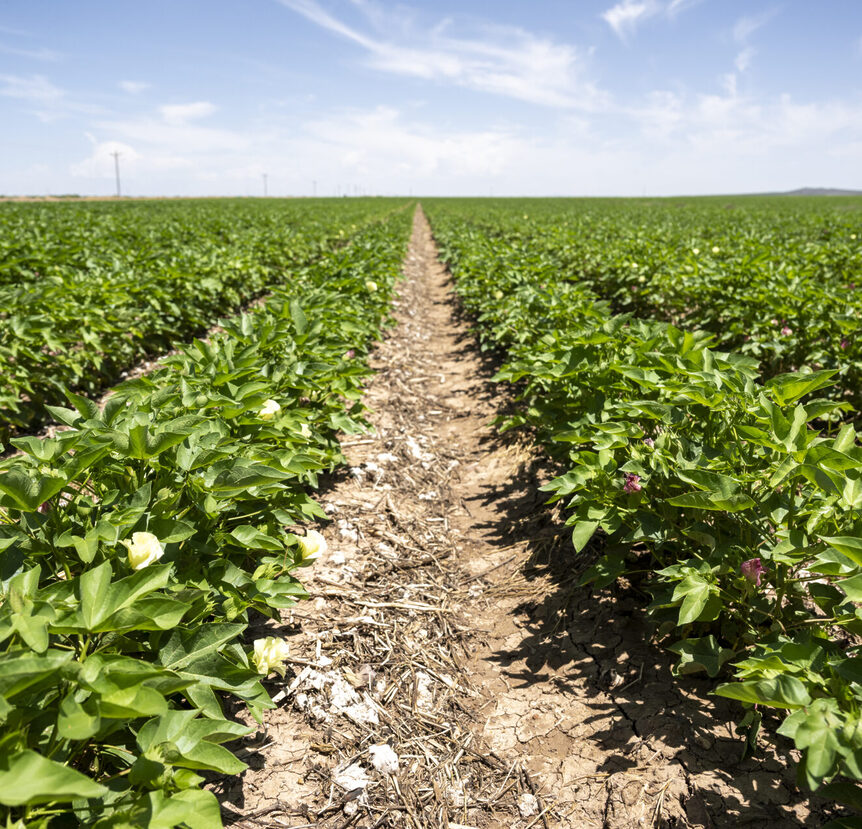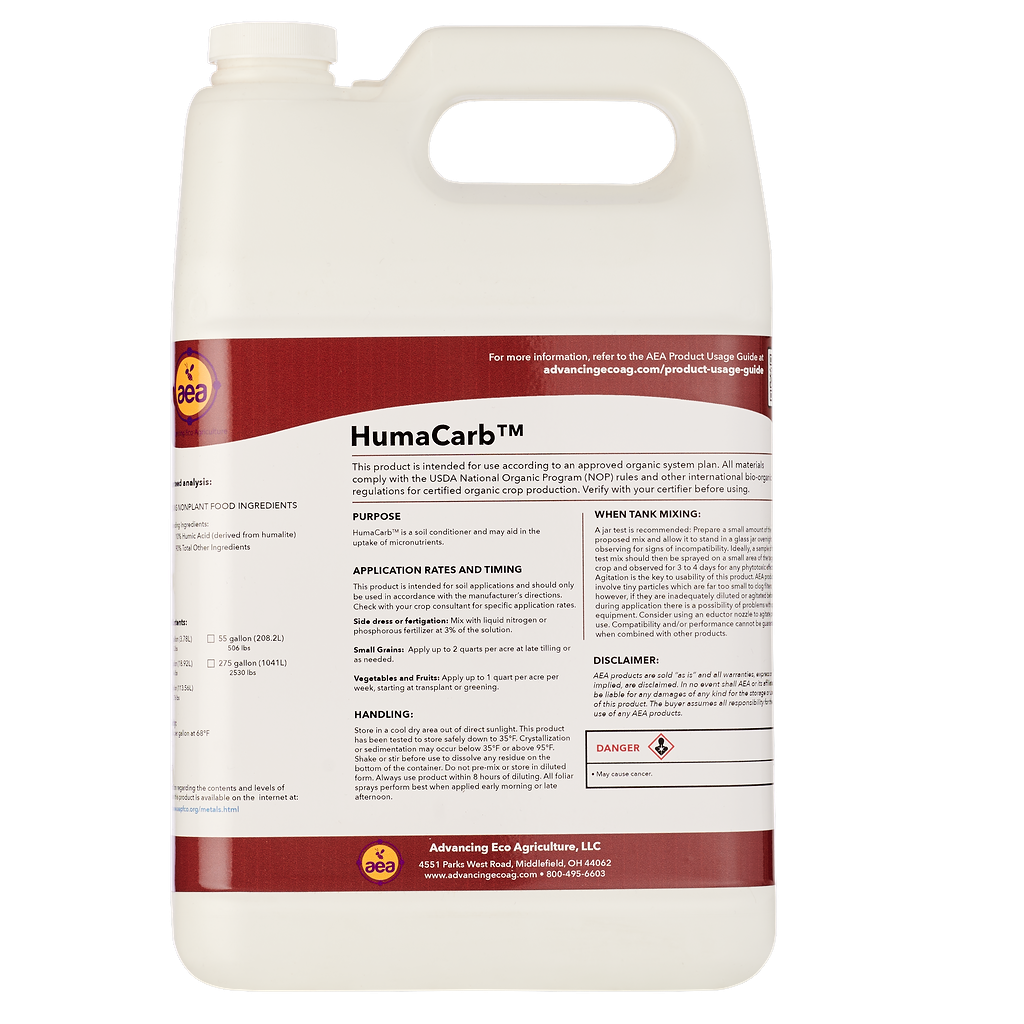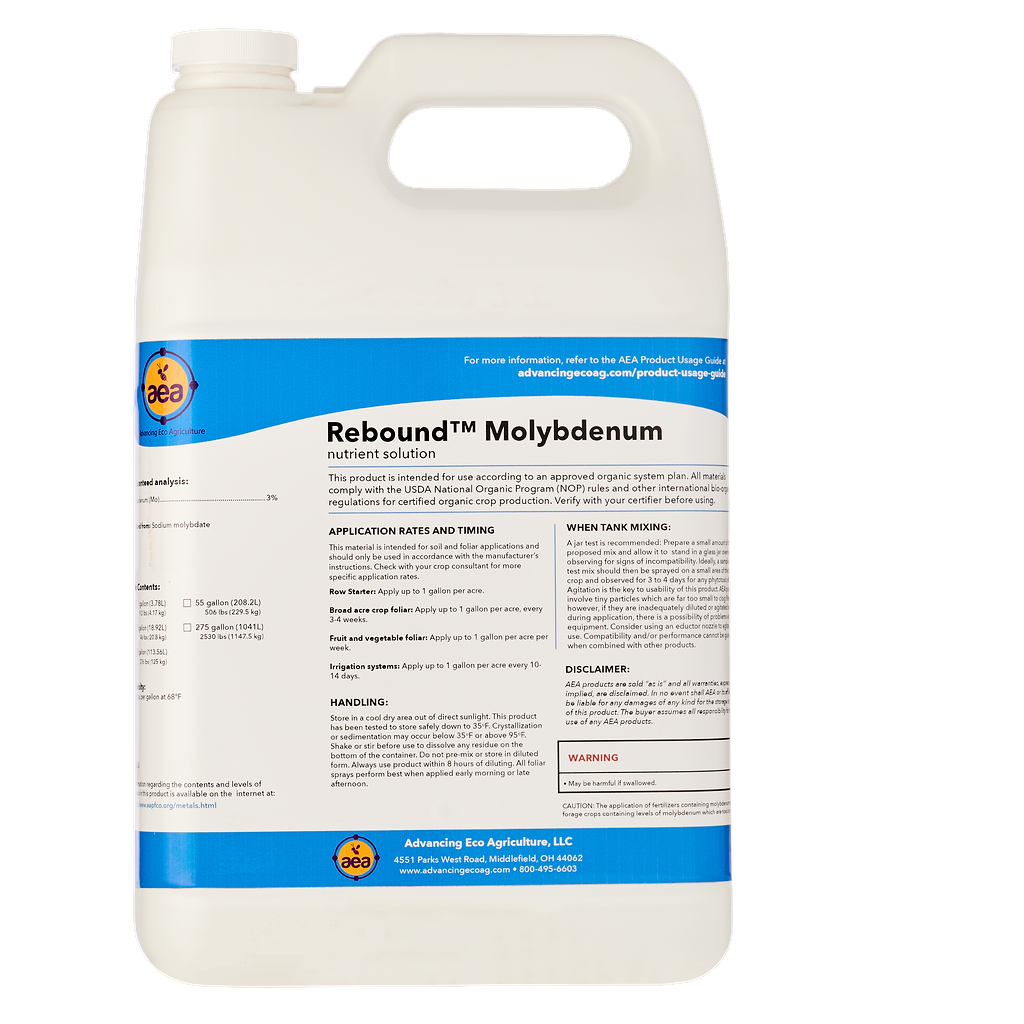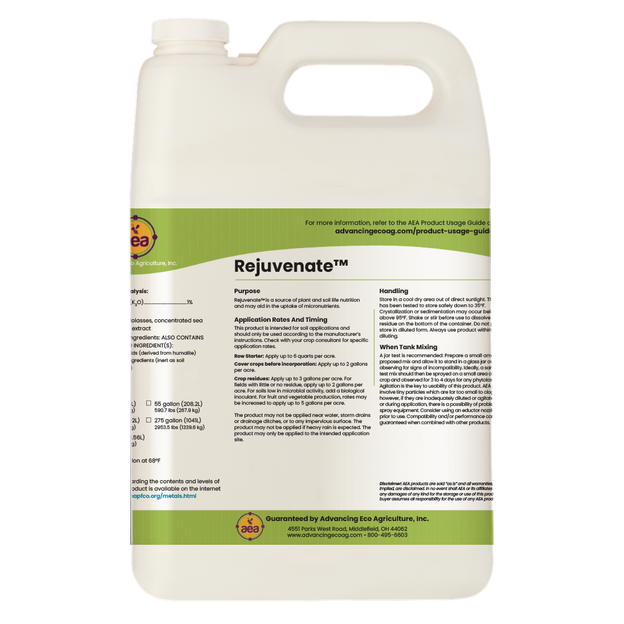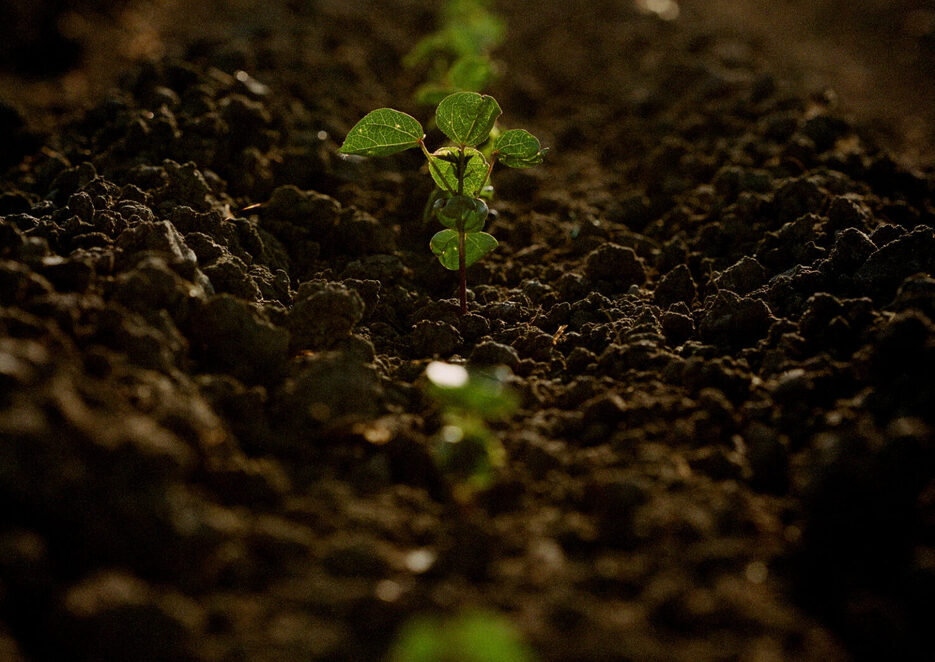AEA’s Nitrogen Efficiency Program maximizes your fertility budget while boosting plant and soil health.
Download our Nitrogen Efficiency Booklet
Nitrogen Efficiency Product Lineup
More Nitrogen Efficiency Resources
David Miller, Director of Applied Agronomy, dives into the efficient use of nitrogen and how to reduce inputs, increase the biological health of your soil, and protect your bottom line.
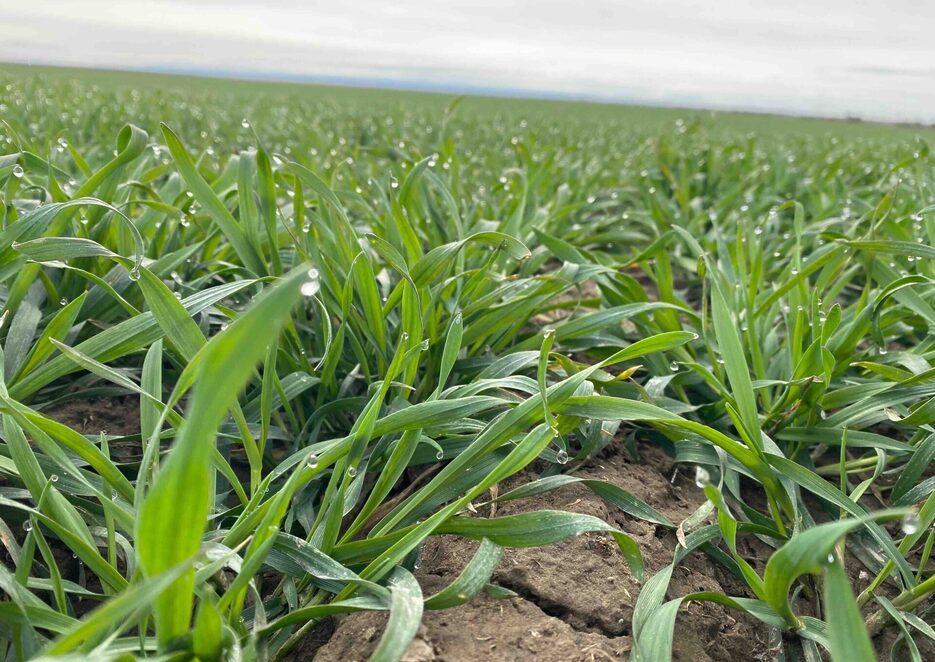
Mar 14, 2025
The Regenerative Approach to Nitrogen
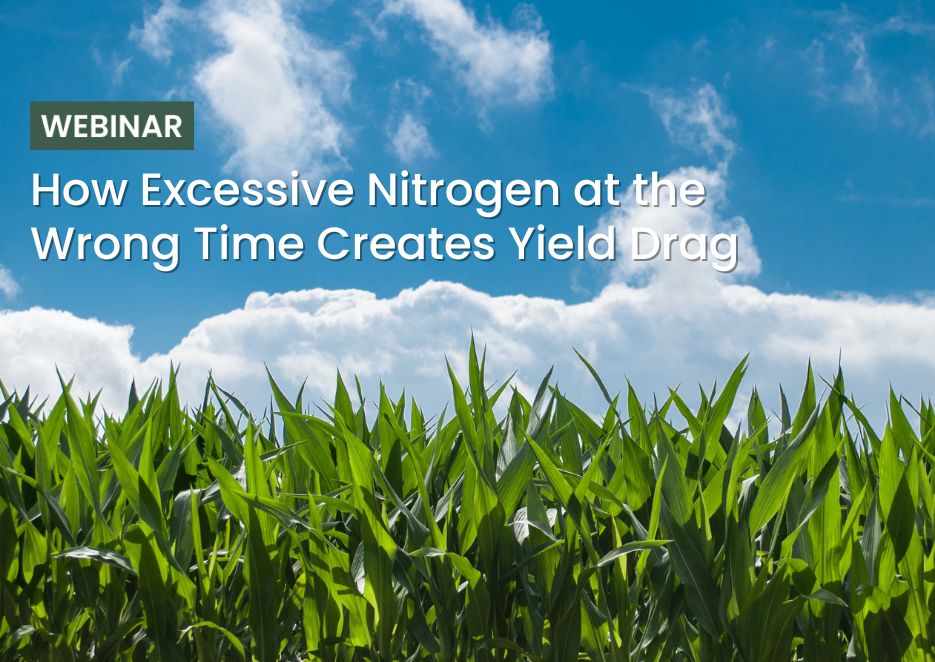
Apr 25, 2023
